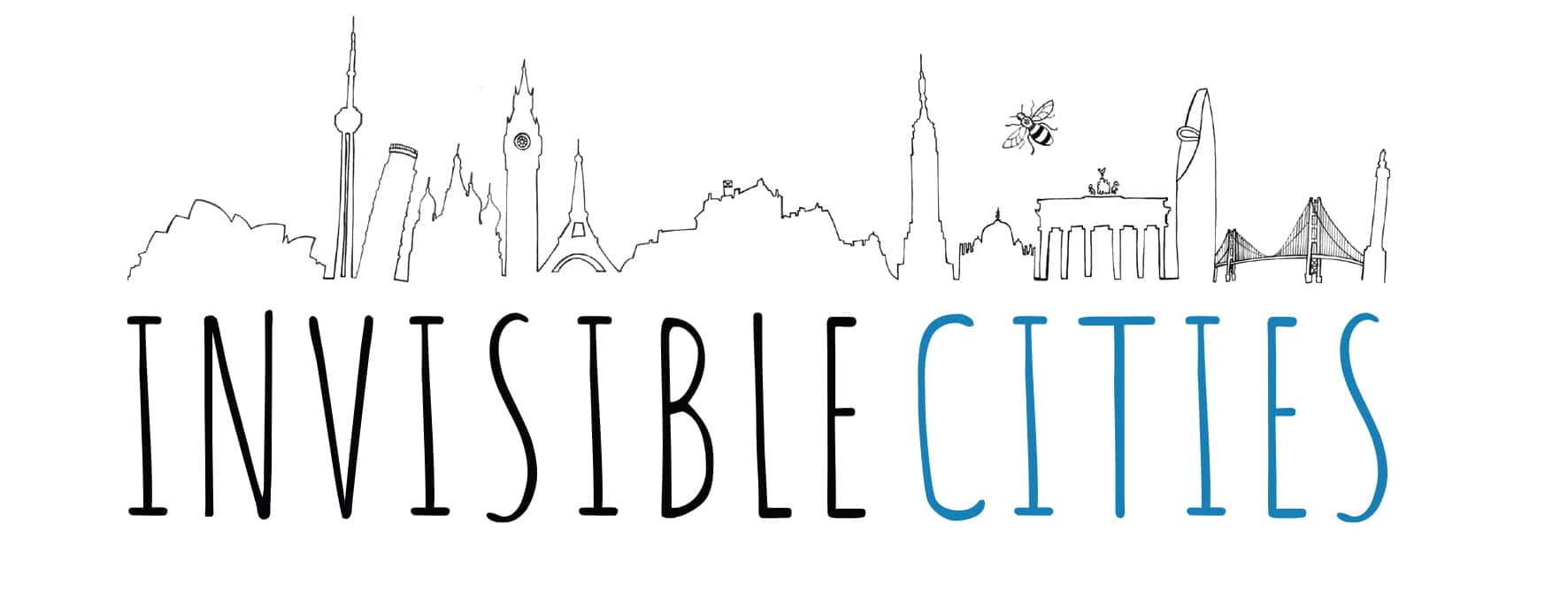At Invisible Cities, all our guides are passionate about discovering new things making guests learn about the communities they live in!
Did you know that June is the Gypsy, Roma and Traveller History Month (GRTHM)?
In Edinburgh, our very own Angus has a close link to this community, going back to his time as a Big Issue Vendor in the Scottish Capital. It is while selling the magazine that he met many people from the community and even taught himself Romani!
So everyone could learn more about it, we worked with different organisations on training and awareness on these communities for our guides and supported volunteers but today, we asked Angus to tell us more about it himself.
Get ready for a fascinating take on people who are too often stigmatised and misunderstood and for a read that definitely highlights how passionate Angus is about making everyone more connected and aware of our different cultures!
Who are the Roma? by Angus at Invisible (Edinburgh)
Roma have lived in Europe for several centuries and throughout that time people have speculated where they came from. They would have done better simply listening as Roma had, up until the end of the Middle Ages a clear memory of their origins, and were happy to explain them to people until they realised they were wasting their time.
A popular myth developed in Western Europe that they came from Egypt, from which the term “Egyptians” in English, later shortened to “Gypsies” was applied. In other European languages they are known as Gitanes, Zigeuner, Gitanos, Tsigani, Cigani and many other names. So where did they really come from? And when?
The Roma people left North West India around 1000-1050 AD. The common language of most Roma people is called Romani, or Romanes, and is closely related to various languages of NW India such as Hindi, Panjabi and Gujarati. Nowadays there are a few dozen variants but they all share a central core. There are also two outliers, called Para Romani dialects, – British and Spanish Romani. These are actually based on English, and also Scots, in the British Isles, and not surprisingly, Spanish, in Spain, but use a lot of Romani words.
The Roma have previously always lived out with mainstream society, travelling for seasonal work on an annual circuit.
In Romania, where they were enslaved almost immediately on their arrival in the 1200s, early 1300s by the church and other landowners who wanted to save on upkeep expense, and were given a few days free from their work in the fields, brickworks and building of churches, monasteries and castles to range the countryside doing repairs and selling their metalwork to peasants, to earn their own keep.
The first record of Roma in the British Isles comes from Scotland around 1500, a payment from James IV for various services such as entertainment, armoury and messenger services. Scotland was unique in Europe in that the first arrival of Roma was not met with outrage and immediate persecution by the authorities. By the mid 1500s Scotland’s Roma were working as musicians, blacksmiths, armourers, physicians and royal messengers. The crown had an arrangement whereby an appointed representative, titled “Earl of Little Egypt” was responsible for the behaviour and loyalty of Roma within the realm.
By the late 1500s things changed. The Reformation viewed free roaming bands with suspicion of heathenness, or Catholicism, the crown was also in debt to the Roma community and copies of English laws came into force effectively bringing an automatic death penalty on all Roma adults. However there were relatively few cases of this happening (the worst being the notorious execution of 20 Roma in Haddington to save the cost of feeding them in prison) as many landowners as well as farmers and peasants found the Roma’s casual labour indispensable.
Most Roma today are settled, but prepared to move over borders either for work opportunities or to escape persecution. British Roma, usually known as Gypsies, are largely assimilated into the mainstream population and have mostly lost their language, but may still take to the road for seasonal work such as fruit picking, or social gatherings like Appleby Horse Fair in Cumbria.
Since the EU expansion in 2004 there has been an influx of East European Roma, in three main groups, Czech/Slovak, Bulgarian and Romanian Roma. Each faces severe social challenges in their country of origin. Life in the UK has also been fraught with problems. Although generally fluent in two or three languages, learnt through real life experience rather than school, few Roma knew any English on arrival. Low levels of education and literacy also made life more difficult but as a new generation has now been through the school system here these problems have eased. Others remain.
Arranged marriages cut short education and exclude girls from any sort of career outside the Roma community, a tendency to see money as a means to enhance status through displays of wealth – vehicles, weddings, feasting rather than any investment for the future, a pervasive distrust of wider society based on centuries of oppression and persecution.
Increased contact between the Roma and non Roma (Gadjo) communities, and more sharing of information on lifestyle, differing, and shared aims, and full participation in education should gradually allow Roma to integrate into the job market and general society without losing their culture and traditions.
By the way, the name Romania has nothing to do with Roma, or Romani. Romania comes from “Province of the Romans” Romanian is a Latin language related to Italian. The fact that large numbers of Roma live there is a coincidence.








